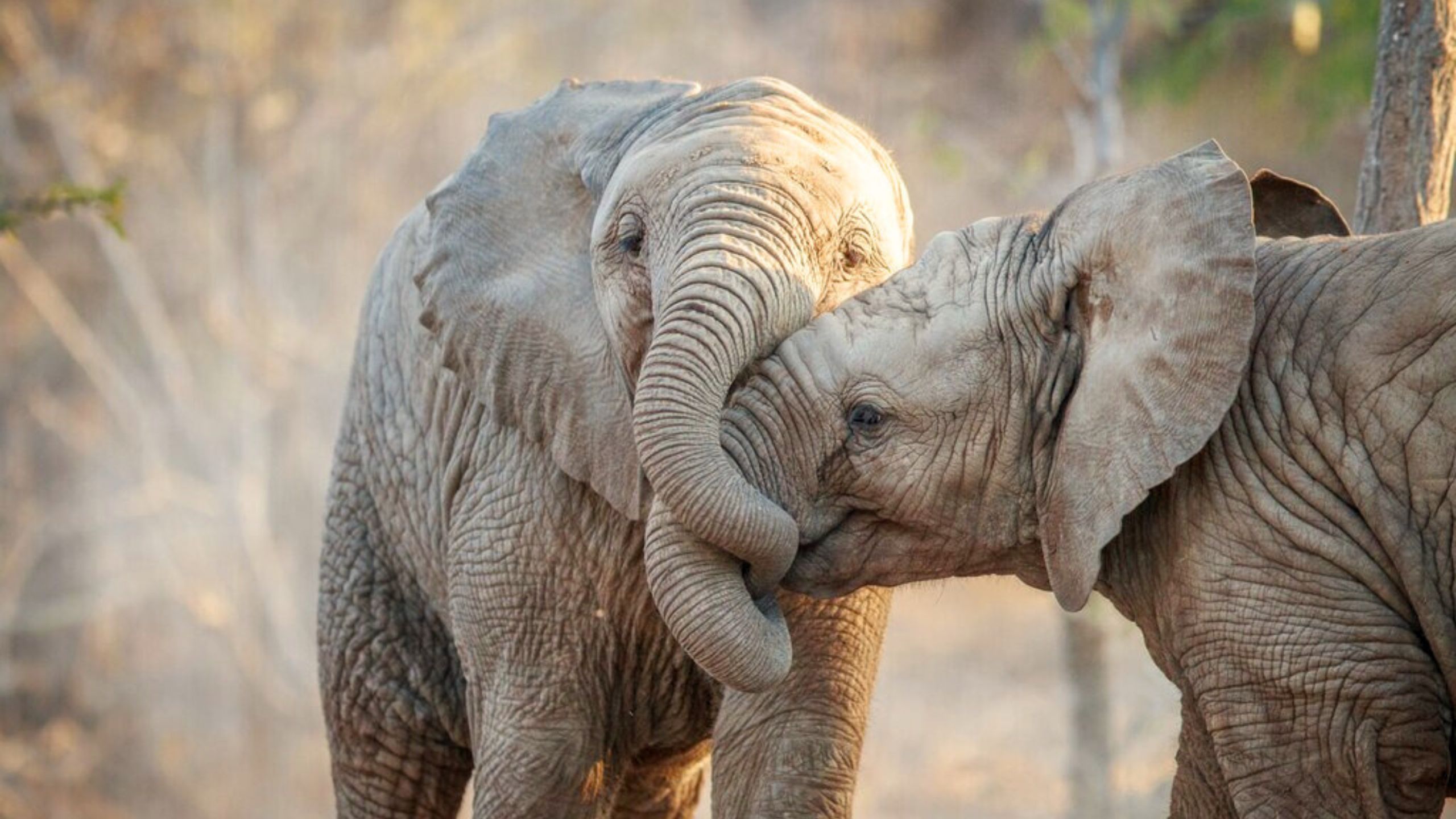Mount Kilimanjaro, often referred to as the “Rooftop of Africa” is the highest mountain on the African continent. Located in northeastern Tanzania, Kilimanjaro is a majestic and iconic mountain that has captivated the imaginations of climbers and adventurers from around the world.
In 2023, this natural wonder continues to attract thousands of individuals seeking to conquer its peak and experience the breathtaking beauty of its surroundings.
In this extensive article, we will delve into the various aspects of Kilimanjaro in 2023, including its geography, climate, flora and fauna, trekking routes, and the unique challenges and rewards that await those who choose to climb it.
I. Geography of Kilimanjaro:
Kilimanjaro is part of the Kilimanjaro National Park, a UNESCO World Heritage Site, and is composed of three volcanic cones: Kibo, Mawenzi, and Shira. Kibo is the highest and most well-known cone, reaching an elevation of 5,895 meters (19,341 feet) at its summit, Uhuru Peak. The mountain is located just 3 degrees south of the equator, which contributes to its unique climate and diverse ecosystems.
II. Climate and Weather:
Kilimanjaro’s location near the equator means that it experiences relatively stable temperatures throughout the year. However, the mountain creates its own microclimates due to its significant height and topography. Climatic zones on Kilimanjaro include the cultivated foothills, montane forest, heath and moorland, alpine desert, and summit glaciers. The temperatures range from warm and humid at the base to frigid and dry at the summit.
III. Flora and Fauna:
Kilimanjaro’s diverse ecosystems support a wide range of flora and fauna, each adapted to the specific climatic conditions found at different elevations. The lower slopes are covered in lush rainforests filled with various tree species, including tall junipers and African blackwoods. As climbers ascend, the vegetation changes, and they encounter heather, lobelias, and giant groundsels in the alpine zone. Higher still, the landscape becomes more barren and desolate, with only a few hardy mosses and lichens clinging to the rocks.
Despite the harsh conditions, Kilimanjaro is home to a surprising array of wildlife. Some of the animal species found on the mountain include elephants, buffaloes, leopards, colobus monkeys, and a variety of bird species. However, due to the increasing human presence and altitude, wildlife sightings are relatively rare during the climb.
IV. Trekking Routes:
Kilimanjaro offers several trekking routes, each with its own unique characteristics and challenges. The most popular routes in 2023 include the Marangu, Machame, Lemosho, and Rongai routes. The Marangu route, also known as the “Coca-Cola route” is considered the easiest and features simple huts for accommodation. The Machame route is known for its scenic beauty and diverse landscapes, while the Lemosho route offers a longer and more gradual ascent, providing better acclimatization opportunities. The Rongai route approaches Kilimanjaro from the north and is less crowded than other options.
V. Challenges and Rewards:
Climbing Kilimanjaro is a challenging endeavor that requires physical fitness, mental determination, and careful planning. The altitude poses the greatest obstacle, as climbers may experience symptoms of altitude sickness as they ascend. Acclimatization is crucial, and climbers are advised to take their time to allow their bodies to adjust to the decreasing oxygen levels. Altitude sickness can be severe, and in some cases, climbers may need to descend to lower altitudes to recover.
Despite the challenges, reaching the summit of Kilimanjaro is an immensely rewarding experience. Standing atop Uhuru Peak, with the vast African landscape stretching out below, is an unforgettable moment. The sense of accomplishment and the breathtaking views make all the hardships of the climb worthwhile.
VI. Kilimanjaro in 2023:
In 2023, Kilimanjaro continues to attract adventurers from all walks of life. Climbing expeditions are available throughout the year, although the best times to climb are during the dry seasons, which typically occur from December to March and from June to October. It is advisable to book your climb well in advance, as Kilimanjaro’s popularity means that permits and accommodations can fill up quickly.
The Rooftop of Africa remains an awe-inspiring destination for climbers and nature enthusiasts in 2023. Its towering peak, stunning landscapes, and diverse ecosystems provide an unforgettable experience for those who choose to take on the challenge of scaling its heights.
With careful preparation, the right equipment, and the guidance of experienced guides, climbers can embark on an adventure of a lifetime and create lasting memories on this iconic mountain.





